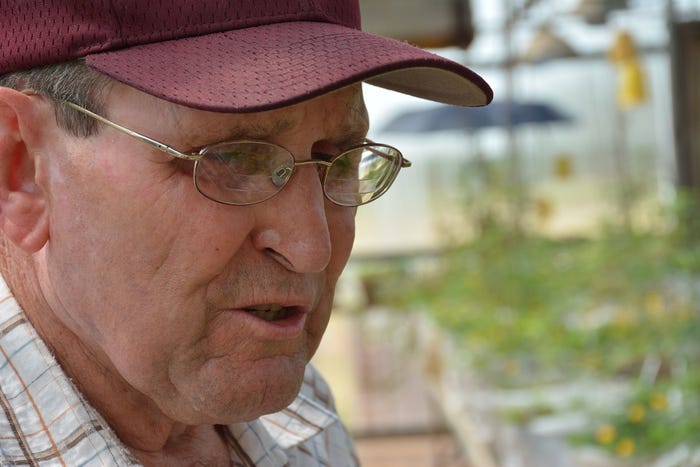
<p>Charles Simpson has spent 48 years collecting and maintaining wild peanut species from South America, and looking for traits that will improve domestic varieties.</p>
Charles Simpson believes the keys to improved stress tolerance, higher yield and better quality in domestic peanut varieties will be found in the DNA of wild peanut species. He’s devoted his career, 48 years as a Texas A&M AgriLife research plant breeder, to looking for wild peanuts with specific genes to make domestic peanuts better.
In many of those years Simpson spent several months at a time in South America, where the peanut originated, looking for new, undescribed wild peanuts and identifying genetic traits that allow them to thrive in climates as varied as a sub-Amazon rain forest or at elevations as high as 2,000 meters (6,561 feet) above sea level, and in seasons of heavy rainfall or in areas as dry as a West Texas drought.
Simpson officially retired several years ago but he maintains a busy schedule overseeing the wild peanut collection in greenhouses at the Texas A&M AgriLife Research and Extension Center in Stephenville. He crosses some with domestic varieties and looks for genes that will make peanuts more drought tolerant, disease resistant and productive.
So far, 81 wild peanut species and only one cultivated species have been described. Simpson has co-authored descriptions for 20 of the wild species.
He still makes trips to South America looking for more wild species and new sources of DNA to improve domestic peanut varieties.
About the Author(s)
You May Also Like






